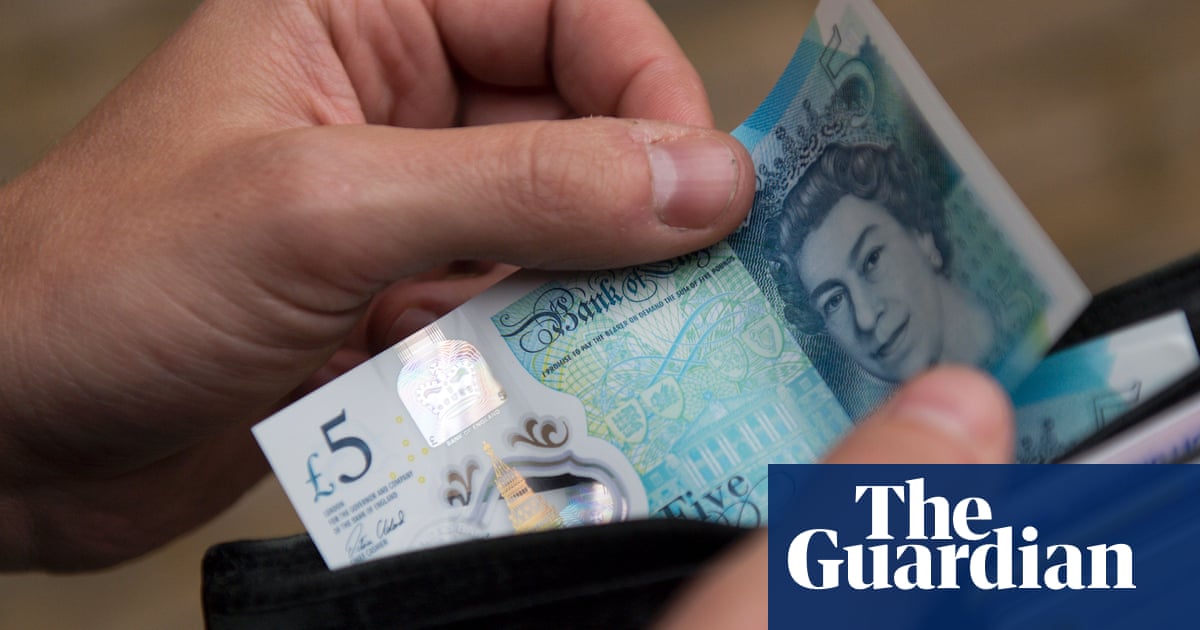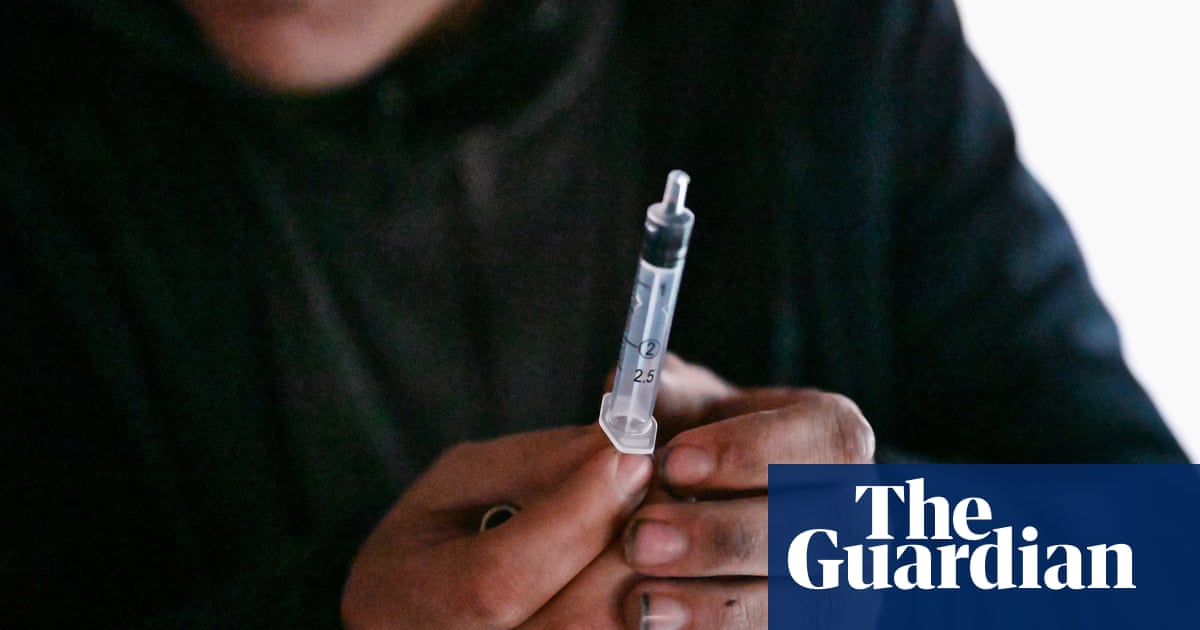
New diagnoses of HIV among gay and bisexual men have dropped to their lowest level in 20 years, according to Public Health England.
A PHE report reveals that overall, across all genders and sexualities, the number of people with a new HIV diagnosis dropped by 10% from 4,580 cases in 2018 to 4,139 in 2019. There was also a 34% decline from a 2014 peak, when there were 6,312 diagnoses in the UK.
The report covers 2019 and shows HIV infections were falling even before the pandemic and lockdown reduced sexual contacts.
There were 1,700 new HIV diagnoses in gay and bisexual men last year, compared with the previous low of 1,500 in 2000, and 1,600 new diagnoses in heterosexual adults . This is the lowest number of new diagnoses in heterosexual adults since 1998 and the first time the numbers have been so close between gay and bisexual men – a high-risk group – and straight people.
PHE said the continued decline in transmission could be attributed to the success of preventive measures and more effective treatment of HIV-positive people so that they have an undetectable level of the virus, meaning it is too low to transmit it to others.
However, it added that challenges remain with regards to improving uptake of testing and support for people to continue their treatment. Indeed, the report shows close to half the people newly diagnosed last year were at a late stage of infection, increasing their risk of death eight-fold.
The report says HIV transmission in gay and bisexual men has fallen by 80%. Newly acquired HIV infections fell from an estimated peak of 2,700 cases in 2011 to an estimated 540 in 2019.
The decline in transmission in gay and bisexual men was linked to the increase in prevention, including a rise in the use of condoms, more use of the pre-exposure prophylaxis drug (PrEP), frequent HIV testing in a wide range of settings, and commencing antiretroviral therapy (ART) soon after diagnosis.
In addition, treatment is now so effective that 97% of people receiving ART have undetectable (and thereby untransmittable) levels of the virus, which means there is not enough virus to infect someone, even if having sex without condoms. “The risk of HIV transmission with suppressive ART (undetectable) is effectively zero,” according to the HIV and sexual health charity Terrence Higgins Trust.
PrEP is a drug that can be taken before sex by HIV-negative people at high risk of contracting the virus. It is almost 100% effective at preventing HIV when taken as prescribed.
The government provided funds to local authorities to supply the drug on the NHS to people most at risk of infection. This was delayed from April, and THT said the six-month wait is “frustrating” given the progress made last year.
The report also shows almost 300,000 people declined to have an HIV test when they attended a specialist sexual health service. Black African heterosexual female attendees were more likely to decline a test than black African heterosexual men (20% versus 9% declined testing) but less likely than heterosexual women and men overall (25% versus 13%).
More focused conversations on HIV, testing, prevention and treatment in schools and clinical settings can help to combat high rates of declined tests, PHE said.
Ian Green, the chief executive of Terrence Higgins Trust, said the charity was “still hearing story after story of people being turned away from clinics with no PrEP and no way of accessing this effective HIV prevention drug”.
Dr Valerie Delpech, the head of HIV surveillance at PHE, said: “Frequent HIV testing, the offer of PrEP among those most at risk of HIV, together with prompt treatment among those diagnosed, remain key to ending HIV transmission by 2030.
“Further progress can only be achieved if we also address the inequalities in reducing HIV transmission that exist around sexuality, ethnicity and geography.”












